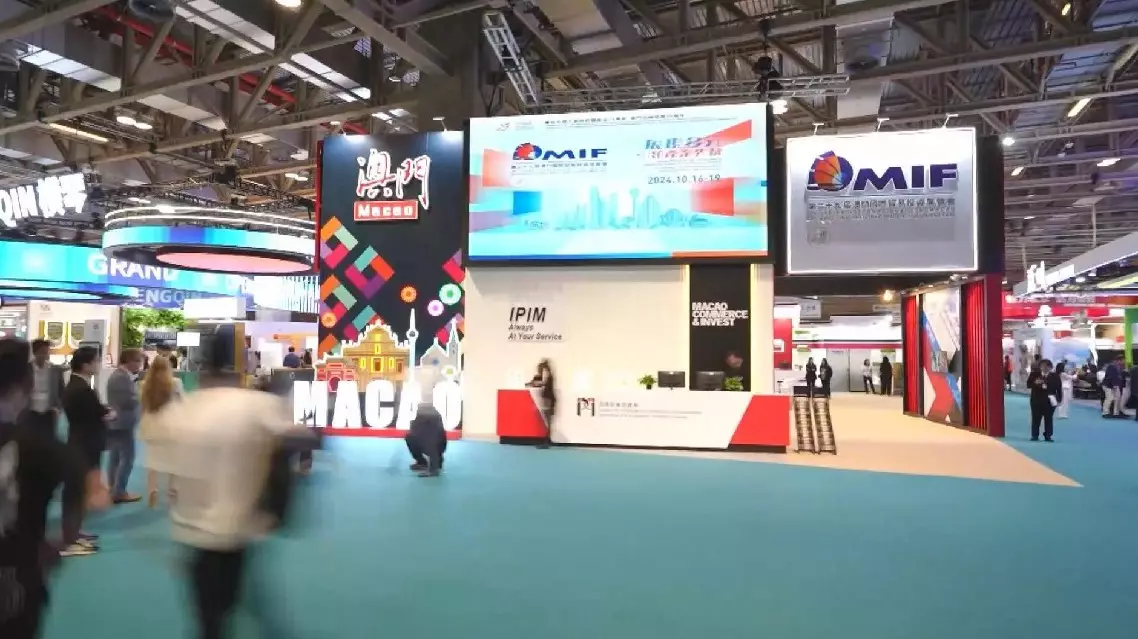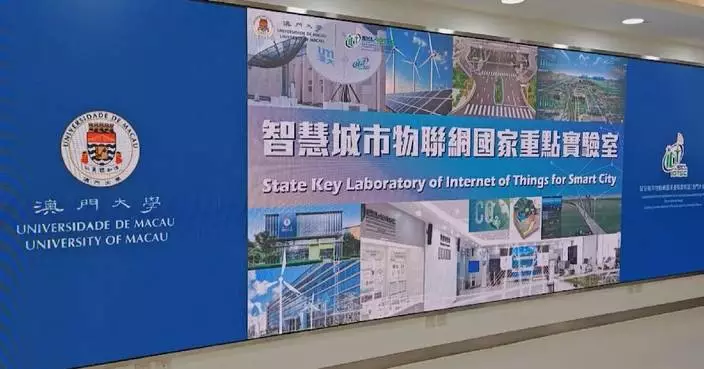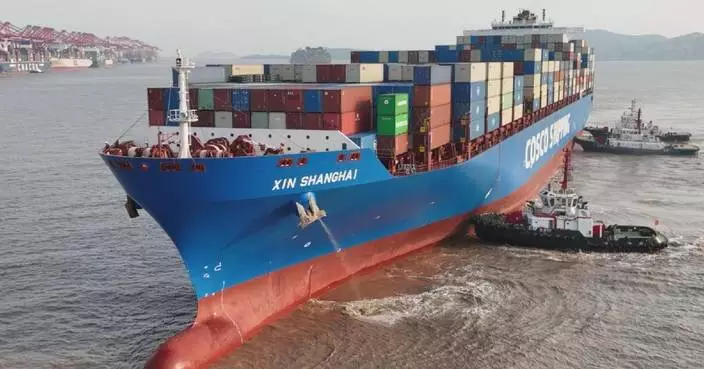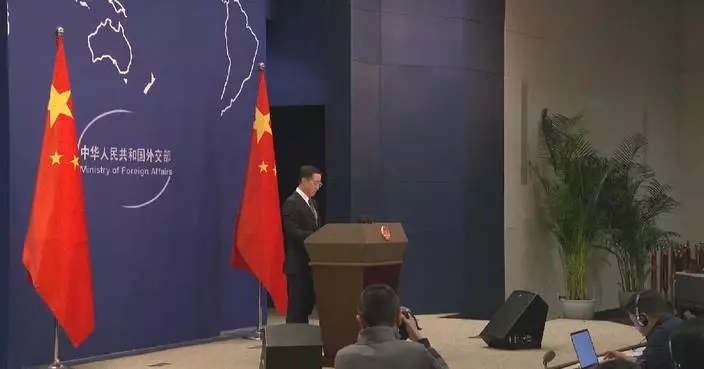A U.S.-based radiotherapy leader has achieved remarkable growth in China, driven by the country's reform and opening-up, an increasingly favorable business environment, technological advancements and a robust local supply chain, fostering cooperation and win-win outcomes between foreign companies and China.
Varian Medical Systems, a global pioneer in radiotherapy, radiosurgery and cancer treatment technologies, entered the Chinese market in 1983. In May 2024, the company inaugurated its regional headquarters in Yizhuang in the southeast suburbs of Beijing, underscoring its expanding footprint in China, as both investment and production continue to grow.
Since its entry into China, Varian's production capabilities have scaled significantly.
"We established this factory in 2008. Initially, we could only produce a modulator, a single component that accounted for less than 10 percent of a complete machine, and we were a global supplier of this component. In 2010, we were able to produce one type of linear accelerator here in China and our production capacity has since increased sixfold, enabling us to produce a full range of products for the company," said Zhang Xiao, Senior Vice President of Varian and President of Varian Greater China.
With the rapid development of artificial intelligence (AI) in China, Varian's research and development center and factory in Beijing have deeply integrated AI with medical robotics, fully automating the personalized radiotherapy. Tasks that previously took several hours can now be completed in just 15 minutes. China has also become Varian's sole global base for manufacturing AI-driven adaptive radiotherapy platforms.
The company has also capitalized on China's streamlined customs procedures and vast domestic and international logistics networks to ship its China-made products to 90 countries worldwide.
"Varian is a company engaged in both imports and exports across the supply and production chains, easy and fast customs clearance, therefore, is critical for us. The authorities have sought our input on recent policy changes, which have improved our clearance speed by 30 percent," said Zhang.
In addition, China's comprehensive supply chains have allowed Varian to partner with high-quality local suppliers, helping the company maintain its competitive edge. Currently, 89 percent of the 10,000-plus components needed to manufacture Varian's cutting-edge equipment can be sourced in China.
"I've been working in Beijing for 14 years, and I've seen the business environment becoming increasingly transparent, international and standardized. This has not only helped us expand our operations in China, but also allowed us to introduce new technologies that benefit patients," Zhang added.

Foreign medical company achieves remarkable growth in China









